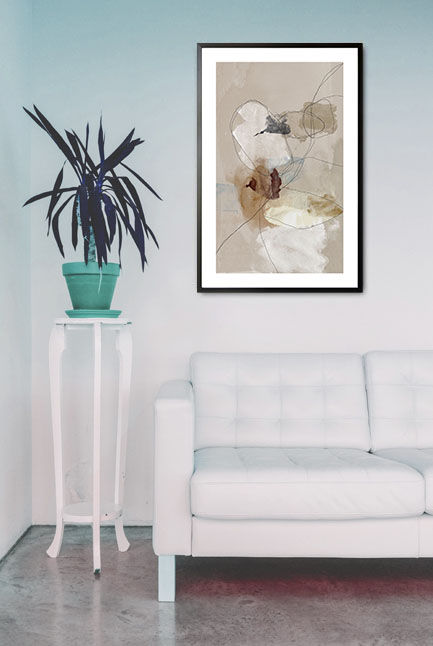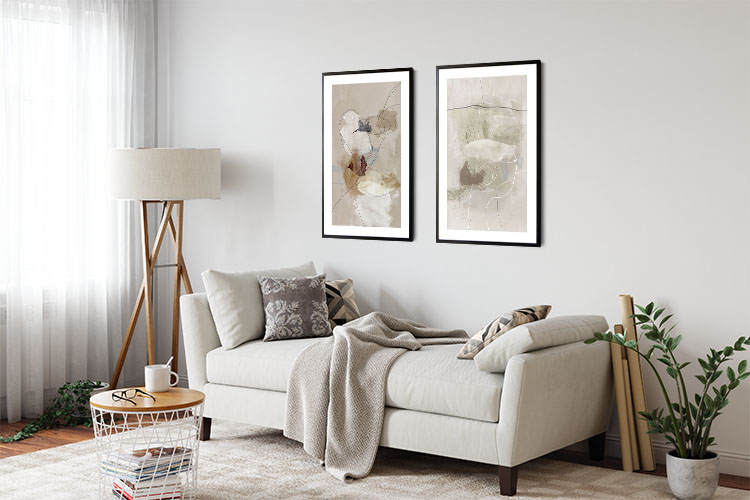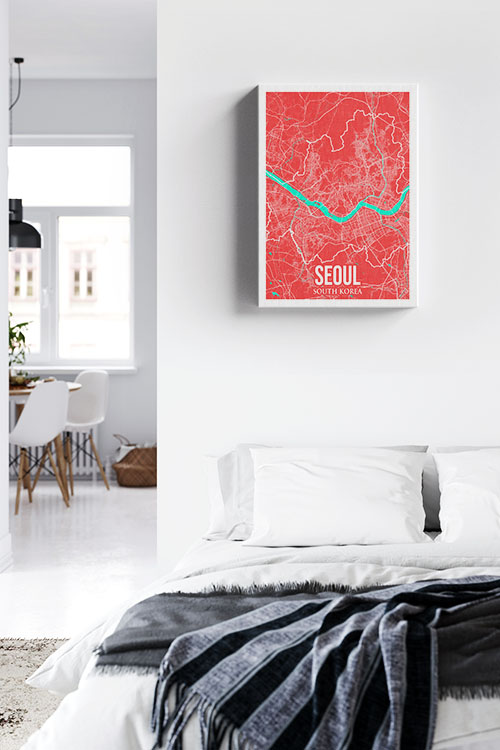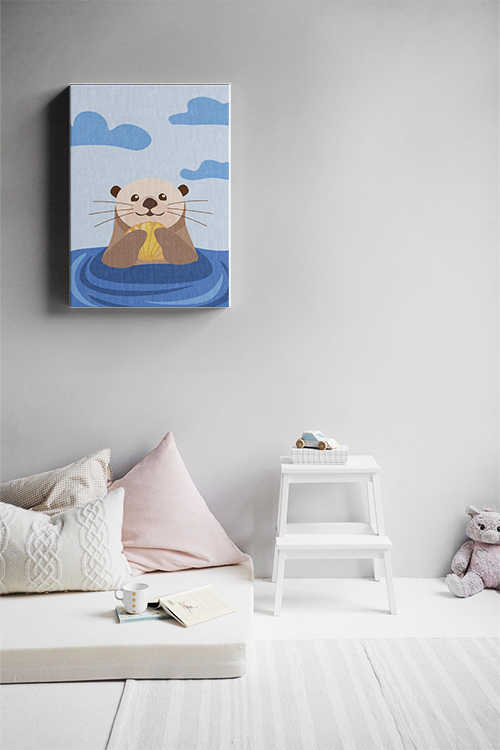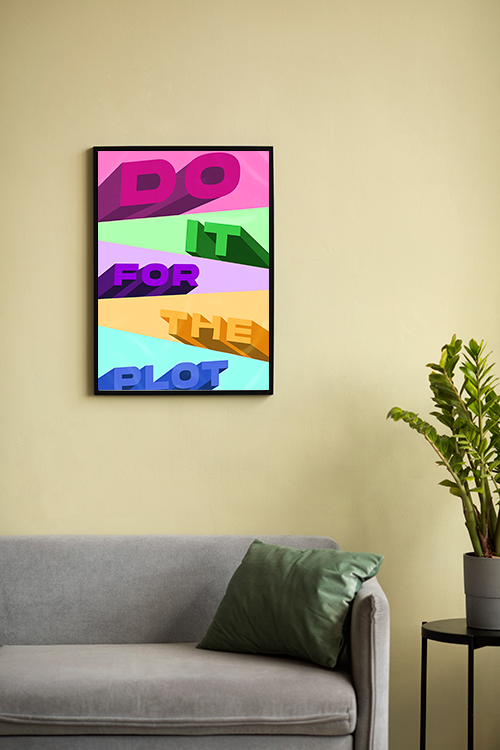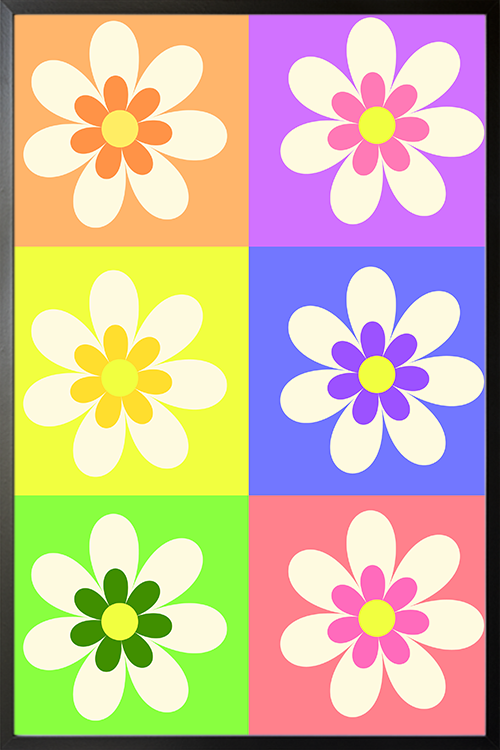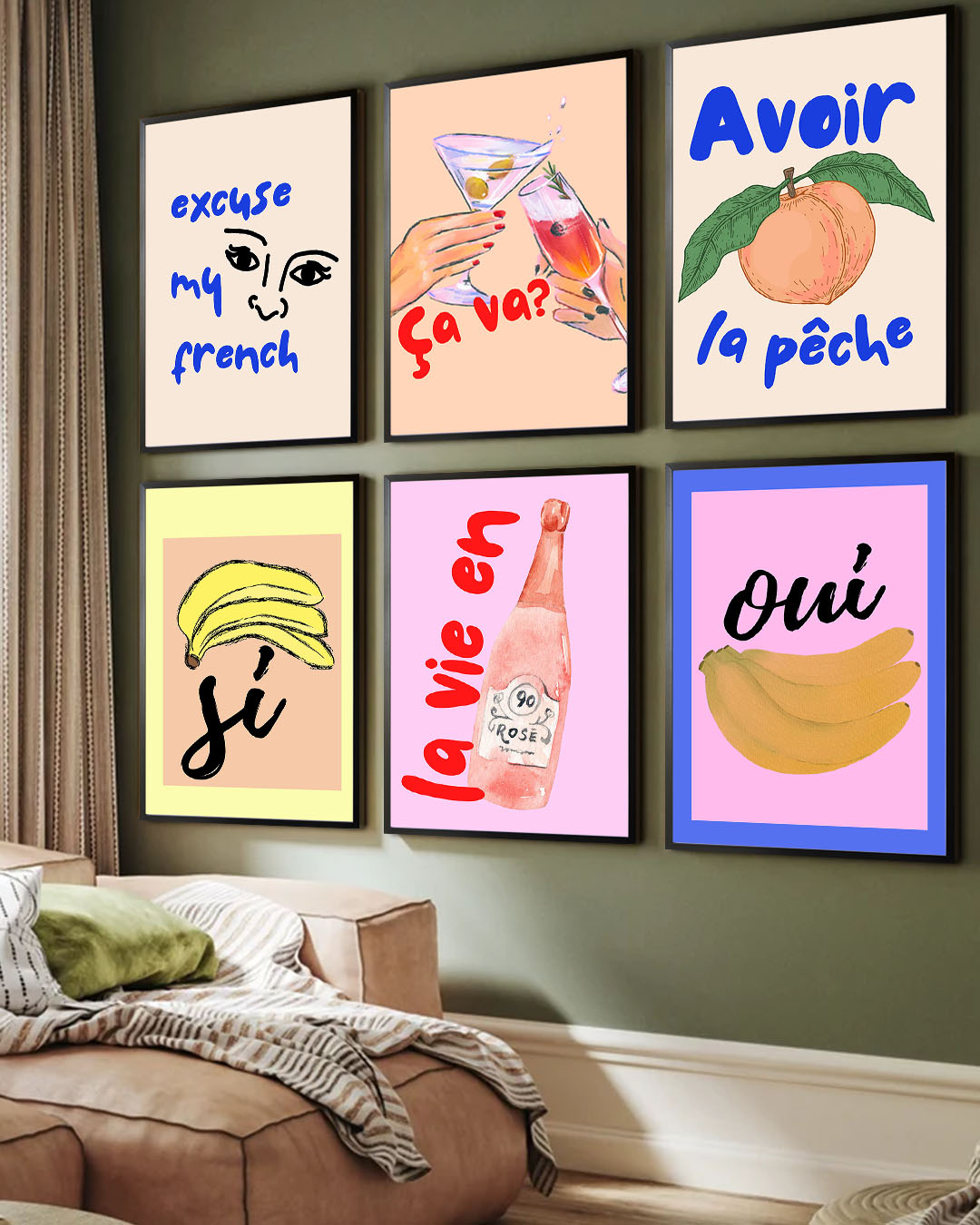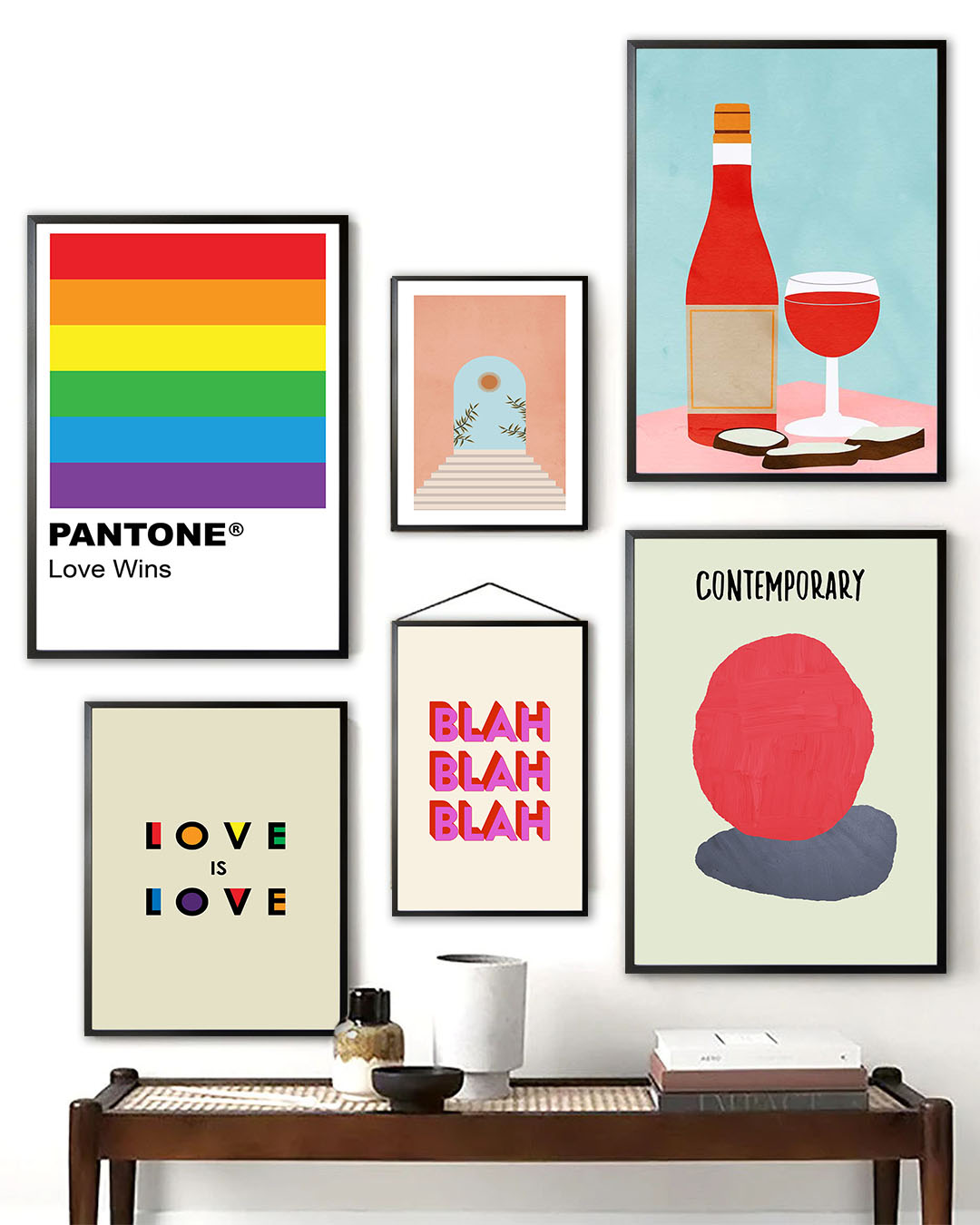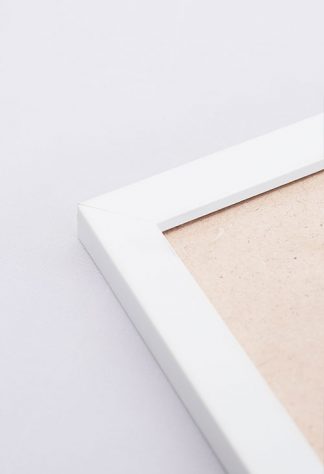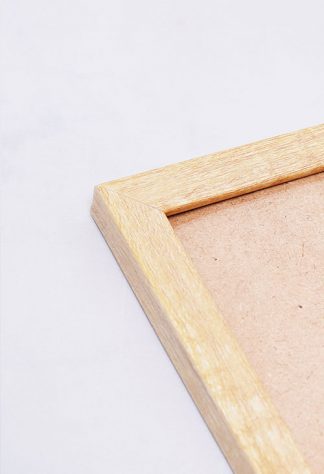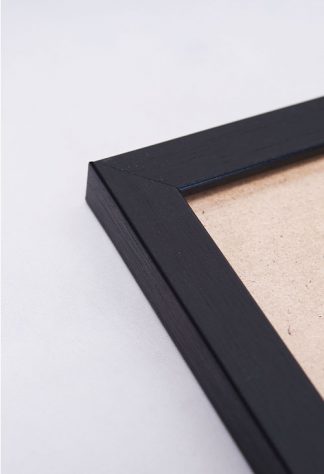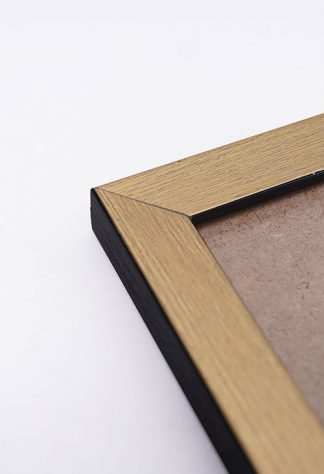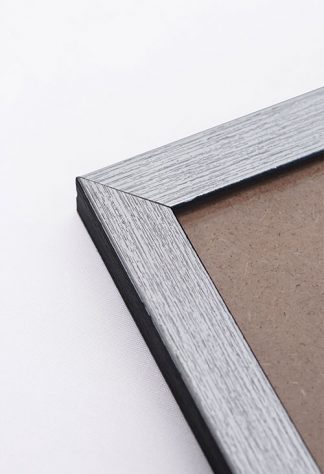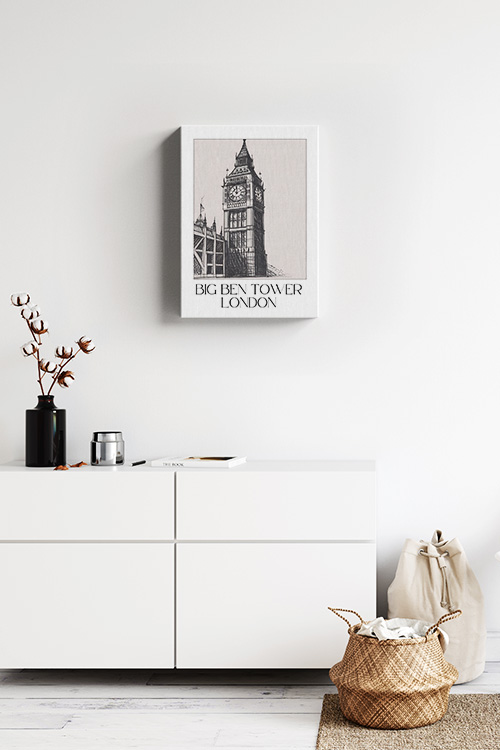
When designing a timeless, elegant, and effortlessly stylish home, neutral colors are hard to beat. From warm beiges and soft whites to calming grays and subtle pastels, a neutral palette offers possibilities for creating beautiful, livable spaces.
Let’s explore why neutral colors continue to be favorites among designers and homeowners alike and how they can transform interiors.
Create a Sense of Space and Light
Neutral tones, especially lighter shades like white, ivory, and pale gray, reflect natural light and make any room more open and airy. If you’re working with a small space or rooms that don’t get much sunlight, neutrals can instantly brighten things up and give the illusion of more space.
Timeless Style That Never Goes Out of Fashion
Design trends come and go, but neutral colors are always in. Their classic appeal makes them a safe and smart choice if you want to design a home that feels fresh today and for the future. This timeless appeal provides a sense of security in your design choices. Starting with a neutral base, you can easily swap out accessories or accents as trends evolve without overhauling your entire space.
A Calm, Relaxing Environment
One of the most significant advantages of neutral colors is the peaceful atmosphere they create. Soft, muted tones naturally evoke a sense of calm, making them ideal for bedrooms, living areas, and any space where you want to relax and unwind after a busy day.
Versatility That Works With Any Style
Neutral colors are the chameleons of interior design, seamlessly blending with any style. Whether your taste is modern, traditional, rustic, or eclectic, a neutral palette complements everything. These tones pair beautifully with different textures, patterns, and materials, allowing you to play with your decor while maintaining a cohesive look. This versatility empowers you to be creative and confident in your design choices.
Easy to Maintain and Decorate Around
Neutral shades are not just aesthetically pleasing, they are also surprisingly practical. Compared to darker or more saturated colors, they tend to show less dust and wear. This practicality reassures you about the longevity of your design. Plus, they provide the perfect backdrop for bold accents, colorful art, and statement furniture, making it easy to refresh your space without repainting whenever your style evolves.
In a Nutshell
If you plan a home makeover or simply want to refresh a room, consider starting with a neutral color palette. Not only does it offer timeless beauty and flexibility, but it also lays the foundation for a peaceful, polished, and perfectly personalized space.
